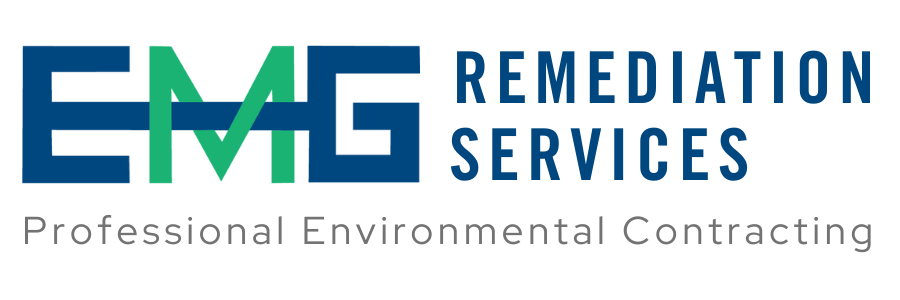Mold: Housekeeping or Health Issue?
When is mold a housekeeping problem versus a “mold problem”?
When mold is a housekeeping issue
Indoor mold is often a housekeeping issue because it takes root in areas with insufficient cleaning. Mold is naturally occurring so its presence indoors is not surprising. However, all visible indoor mold should be removed. In most situations, that means routinely cleaning non-porous surfaces with soap and water and discarding any mold-impacted porous materials. Without proper cleaning and maintenance, any home can develop mold growth, and any mold growth left untreated can become a larger concern.
When it becomes a "mold problem"
Left unchecked, mold can cause and aggravate health conditions and cause structural damage to a home. Indoor mold growth requires professional intervention when anyone in the home is immunocompromised or has an underlying health condition or there is:
Inadequate or poor ventilation
Ongoing, elevated interior humidity
Recurring moisture or water intrusion
A lack of diligent housekeeping
When mold requires testing and professional remediation
Call a professional when you:
Smell musty odors regularly
Notice visible mold growth that recurs after cleaning
Experience repeat water events in the same area
Encounter a water event not completely dried in less than 72-hours
Don’t take my word for it… independent resources and links:
Learn more about mold by visiting the Center for Disease Control and Prevention (CDC) :
Frequently Asked Questions (FAQ)
You can control Mold.
If you have any specific questions about your property, please give us a call at 610-359-1730.
How to: Prevent Moisture Intrusion
Water infiltration caused by improper exterior drainage is a leading contributor to indoor mold
Water infiltration caused by improper exterior drainage is a leading contributor to indoor mold growth. Follow these US Environmental Protection Agency (EPA) guidelines to help keep rain and surface water out of your home.
1. Ensure a minimum of 8 inches of the foundation is exposed above the surrounding foundation grade.
2. Divert water away from the foundation by grading the 10-foot area immediately adjacent to the foundation with a minimum 5% slope (6-inch drop per 10-foot extension).
3. Redirect water away from the building by grading proximate lawns and gardens with a minimum 2% slope (2.4-inch drop per 10-foot extension).
Don’t take my word for it… independent resources and links:
Learn more about water and moisture control by visiting the EPA’s (Environmental Protection Agency)
Ways to Control Moisture in Your Home.
If you have any specific questions about your property, please give us a call at 610-359-1730.
